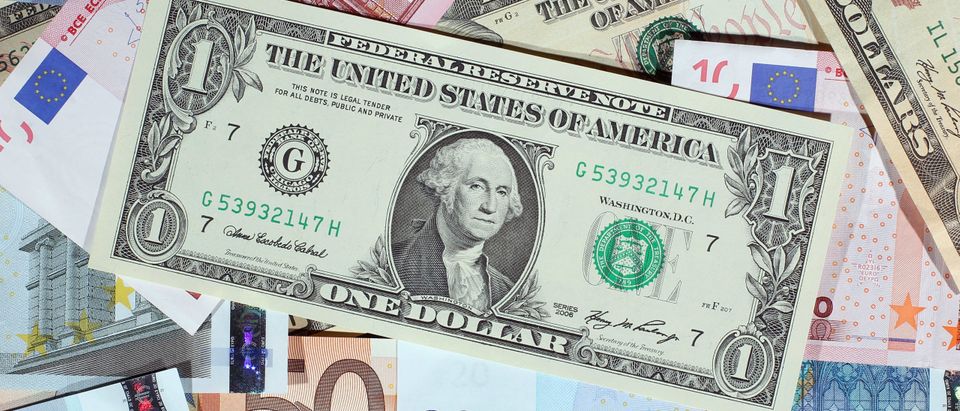As Democrats continue to look for ways to pass a major spending bill in the wake of the failure of Build Back Better, reports have repeatedly suggested that one of Democratic West Virginia Sen. Joe Manchin’s priorities is deficit reduction, particularly in view of how federal largesse over the past couple years has fueled inflation. Unfortunately, it seems that Manchin wants to tackle the deficit the wrong way, through raising taxes rather than reducing spending.
An oft-repeated narrative among progressives seeking to deflect blame for the runaway national debt is that our fiscal woes can be traced back to the 2017 Tax Cuts and Jobs Act (TCJA). But that’s a deeply misleading argument, one that relies on half-truths to obfuscate the reality of the budget outlook.
The TCJA undoubtedly did contribute to the national debt, with the tax cuts projected to reduce federal revenue by about $1.4 trillion over a decade. But even with the TCJA, revenues are far from the problem on the federal balance sheet.
Consider that prior to the passage of the TCJA, total government revenues were projected by the nonpartisan Congressional Budget Office (CBO) to be about $4.2 trillion for the 2022 fiscal year. Now, after the passage of TCJA and despite a global pandemic that significantly impacted economic activity, revenues for FY 2022 are set to be $4.8 trillion.
And what about corporate tax revenues, given that progressives have spent the past five years decrying Congress’s “handout” to corporations? Well, corporations are projected to pay about $395 billion in income taxes this year. Before the passage of the TCJA, CBO projected that corporations would pay … $389 billion this year. Clearly, revenue shortfalls are not the problem.
So what is driving deficits? Spending, as one can probably guess. The $5.2 trillion in projected spending for FY 2022 predicted back in 2017 has ballooned instead to $5.8 trillion. What’s more, that $5.8 trillion in spending this year actually represents a $1 trillion decrease in spending from last year. Pandemic-era “crisis” spending played a large part in the spending surge, but record levels of inflation show that Congress’s emphasis on spending during 2021 was extraordinarily unwise.
And if $5.8 trillion in annual spending sounds like a lot, CBO doesn’t foresee spending restraint coming anytime soon. Ten years from now, CBO projects that Congress will spend nearly $9 trillion, even as tax revenues increase to $6.6 trillion.
The further down the line one looks, the bleaker the situation becomes. The ever-rising cost of entitlement programs like Social Security and Medicare, as well as the increased costs of paying interest on the debt, mean that thirty years from now the country will have a debt-to-GDP ratio of 185%, even if it doesn’t come up with new ways to spend money. For reference, when Greece was desperately seeking bailouts and condemned for fiscal irresponsibility not too long ago, the country had a debt-to-GDP ratio of 127%.
Those numbers might be surprising to people who watched Congress spend last year passing an enormous “stimulus bill,” then an infrastructure package, before failing to pass the gargantuan Build Back Better spending bill — one replete with half-baked schemes to tax wealth and ramp up IRS tax enforcement on the “wealthy.” But the truth is that progressives are trying to fix a leaky bucket by frantically dumping more water into it.
So don’t let politicians tell you you’re not paying enough in taxes. You’re paying more than enough — Congress just can’t figure out how to put the credit card away.
Andrew Wilford is a policy analyst with the National Taxpayers Union Foundation, a nonprofit dedicated to tax policy research and education at all levels of government.


